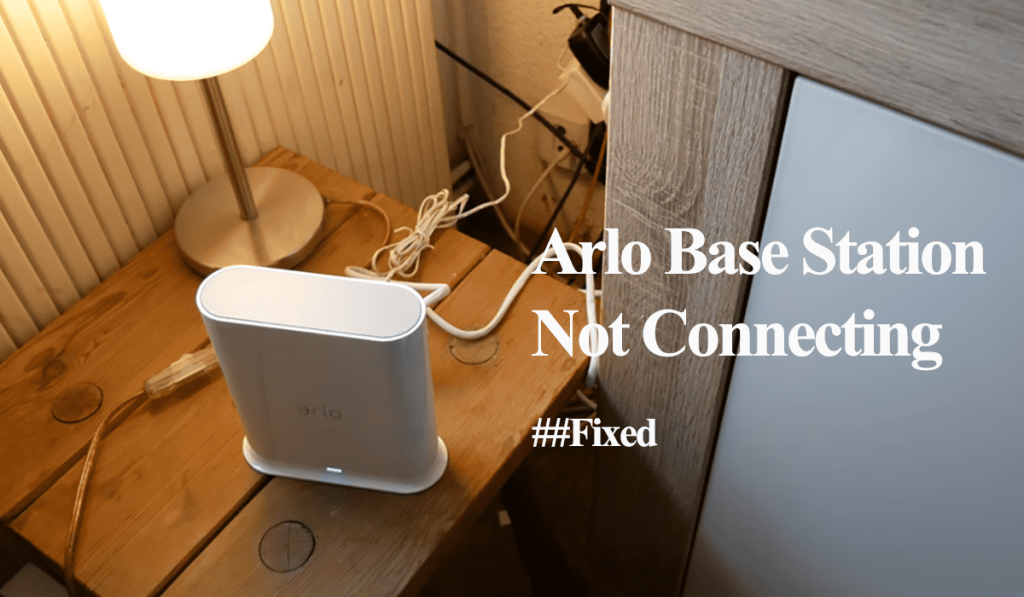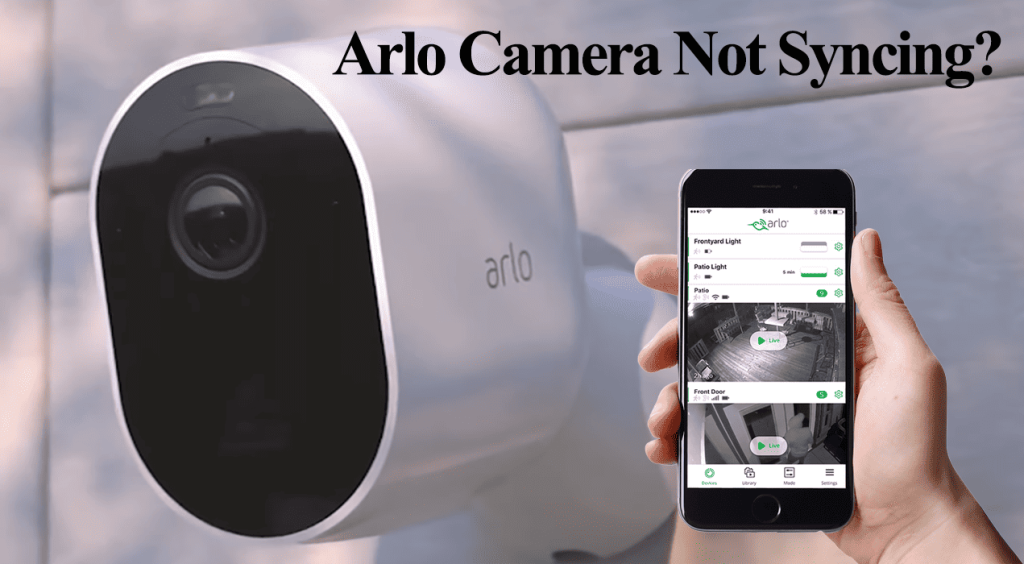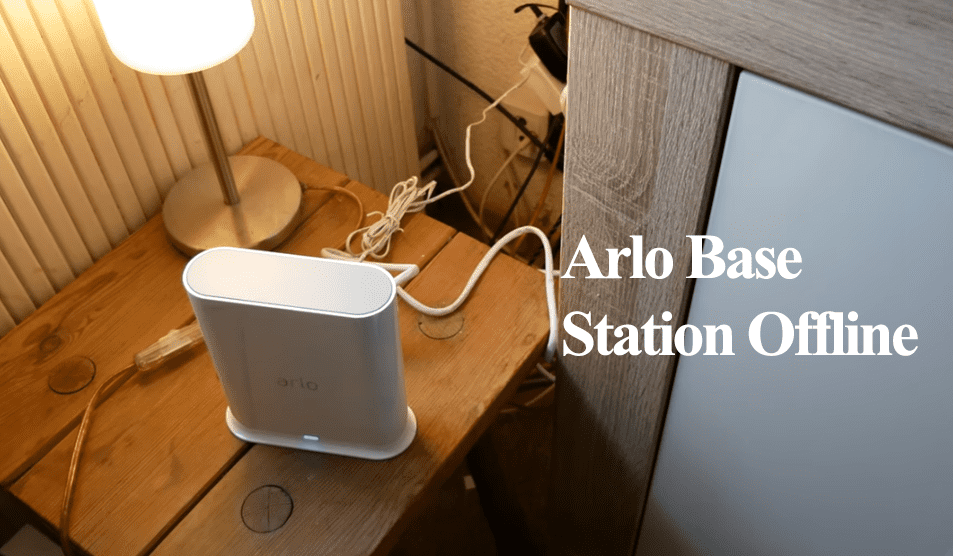With the current state of the economy and the ever-growing list of monthly bills we have to cater to, we all can do with one less subscription. Getting your Arlo cameras to run without a subscription relieves the monthly/annual Arlo subscription.
Running your Arlo security system without a subscription means forfeiting premium features like Person, vehicle, animal, or Package detection, cloud activity Zones, enriched AI notifications, theft replacement, etc.
Without a subscription, the Arlo system offers limited features like;
- Live streaming access from the app
- Non-customized motion detection
- Basic push notifications without object detection details
- Two-way talk
- Local recording via a Base Station/Smart Hub. The Rolling 7-day cloud storage is no longer available.
Let’s go through how to implement and activate local storage on your Arlo camera system without further ado.
How To Record Arlo Without Subscription?
You need a compatible base station or Smart hub with an attached USB or microSD card to record footage from the Arlo cameras without a subscription. Enable local storage on the Arlo Secure app once the camera is synced to the Base station.
The system must meet the hardware and component requirements to integrate local storage successfully. It would be best if you had these devices;
- A base station or Smart Hub with a local storage provision port (USB or MicroSD). The VMB3500 and VMB300 Base stations have no local storage capability.
- A FAT32 formatted USB or MicroSD. Arlo recommends a storage device with at least 16 GB of free space.
- The Arlo camera is synced to the base station and accessible from the Arlo secure app.
Look at the Arlo Base station/Smart hub compatibility to fully understand the features at your disposal – check the supported local storage type, the maximum resolution, compatible cameras, etc.
Arlo cameras will record to the attached local storage even without an active internet connection – through the local network and base station connection.
If your base station has two USB slots and you have inserted two thump drives, one acts as the primary storage while the other is a backup – you can only record on one at a time.
Setting Up Local Storage
This assumes that your system is already running – your cameras are hooked to the base station and available on the Arlo secure app. Otherwise, here is how to connect your Arlo cameras.
- Connect the USB device to one of the USB ports. The VMB5000 has a microSD card slot instead of a USB port. Use the suitable storage option based on your device.
- Open the Arlo Secure App on your mobile device or log in to your account on a PC.
- Hit the Settings option > select My devices
- Select the Smart Hub or Base station > Local storage
- Check if the base station recognizes the local storage option. You will get a “Ready” status message if the storage option is detected and correctly formatted. If you see a “Requires Formatting” message remove the USB drive and format it to the FAT32 file system. Alternatively, select the thumb drive by > Format USB Device > Let the formatting take its course.
- Enable overwriting. This enables the system to delete older videos to create space for new ones when your storage runs below 20%. Conversely, you can set up a backup USB device on the second port and keep all your recordings.
With local recording enabled and set up, you should get recordings populated once the camera detects and records motions. However, accessing these recordings is the bone of contention.
How To Access Arlo Local Storage?
You can only access locally stored clips on the app when connected to the same network as your base station or Smart Hub. Remotely accessing these clips requires some extra steps.
Here are the three methods to access your Arlo local storage without a subscription;
- Through the Arlo Secure App
- Ejecting the USB or MicroSD and connecting to a PC
- Setting up Direct Access
It has to be said that Arlo will frustrate you with the local storage in their efforts to try to force you to subscribe to a cloud plan. However, with determination, you can make do without the subscription.
The recordings access on the Arlo app is tied to the local network connection. You won’t be able to view them once you leave the house.
Again, the second option isn’t convenient. Ejecting > connecting the thumb drive to the PC whenever you want to review what the camera captured doesn’t sound fancy. Always safely eject the storage device on the app before removing it from the base station.
This leaves us with the Direct Access option, albeit a bit engaging.
Setting Up Direct Access
Once you have integrated local storage, you get the “Direct Storage Access” toggle to configure remote access.
For this to work, you must set up a VPN on your network router and mobile device or modify port forwarding settings to allow access. The process isn’t user-friendly to add to the alleged security vulnerability it exposes you to.
However, you can test the implementation on your network and check if you can remotely access clips from the app.
- Open the Arlo secure app
- Hit the Settings option > select My devices
- Select the Smart Hub or Base station > Local storage
- Enable the “Direct Storage Access” toggle
- Choose between the VPN or Port forwarding options
- Tap “Port Forwarding” > Enable Port forwarding > Accept the Risk popup window > Configure the Smart Hub/ Base station on the network router > Test if you access clips.
Arlo has made this process flawed and engaging to sell their subscription plans. If you can ditch the brand, you must make do with the available options.



